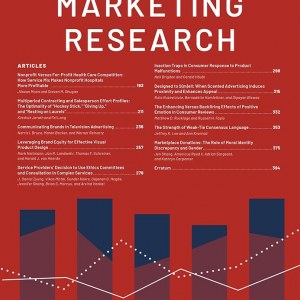
Dellaert, BenedictG.C., Arentze, TheoA., Bierlaire, M., Borgers, AloysW.J. and Timmermans, HarryJ.P. (1998). Investigating Consumers’ Tendency to Combine Multiple Shopping Purposes and Destinations Journal of Marketing Research, 35(2):177--188.
-
Affiliated author
-
Publication year1998
-
JournalJournal of Marketing Research
Because of the increasing time pressure they face, many consumers are becoming more concerned about the efficiency of their shopping patterns. Retailers have recognized this trend and have improved shopping convenience by offering greater variety in product categories and making it easier for consumers to combine visits to multiple stores. However, little is known about how consumers improve the efficiency of their shopping trips or how changes in retail supply affect the way in which consumers combine multiple purposes and destinations. Building on previous work in consumer shopping trip modeling and conjoint design theory, the authors introduce a choice-based conjoint approach to studying and modeling this phenomenon. The authors illustrate the approach in a case study that investigates the tendency of Dutch shoppers to combine grocery, drugstore, and clothing purchases across multiple shopping destinations. The authors observe that the tendency of consumers to combine purchases differs from category to category and depends on category availability. In general, consumers combine considerably fewer purchases than could be expected if their shopping trip planning was based purely on travel cost minimization.